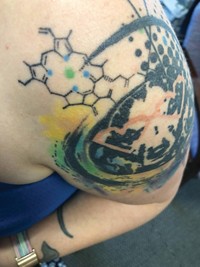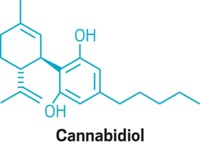Advertisement
Grab your lab coat. Let's get started
Welcome!
Welcome!
Create an account below to get 6 C&EN articles per month, receive newsletters and more - all free.
It seems this is your first time logging in online. Please enter the following information to continue.
As an ACS member you automatically get access to this site. All we need is few more details to create your reading experience.
Not you? Sign in with a different account.
Not you? Sign in with a different account.
ERROR 1
ERROR 1
ERROR 2
ERROR 2
ERROR 2
ERROR 2
ERROR 2
Password and Confirm password must match.
If you have an ACS member number, please enter it here so we can link this account to your membership. (optional)
ERROR 2
ACS values your privacy. By submitting your information, you are gaining access to C&EN and subscribing to our weekly newsletter. We use the information you provide to make your reading experience better, and we will never sell your data to third party members.
Environment
Beware black henna
April 3, 2006
| A version of this story appeared in
Volume 84, Issue 14
I found the "What's That Stuff?" on henna (C&EN, Feb. 6, page 28) of great interest, but it is very important to note the difference between traditional natural henna temporary tattoos, the subject of your article, and temporary tattoos made using so-called black henna. As stated in the article, the latter may contain high concentrations of p-phenylenediamine (PPDA), which is a very potent skin sensitizer leading to cases of severe allergies.
According to European Union regulations, PPDA should not be applied to the skin except as a component of hair dyes and with a maximum concentration of 6%. Black henna temporary tattoos are now offered for a few euros or dollars in most tourist areas and are very popular among children, teenagers, and young adults. Numerous cases of very severe contact allergies have already been reported in the medical literature around the world as a consequence of the illegal use of this hazardous chemical.
Once you have been sensitized, it is for life, and any further contact with PPDA or a related chemical will cause severe eczema, so it is important to warn against the use of black henna. Natural henna is never black. This may be less fashionable, but it is much safer.
Jean-Pierre Lepoittevin
Strasbourg, France





Join the conversation
Contact the reporter
Submit a Letter to the Editor for publication
Engage with us on Twitter